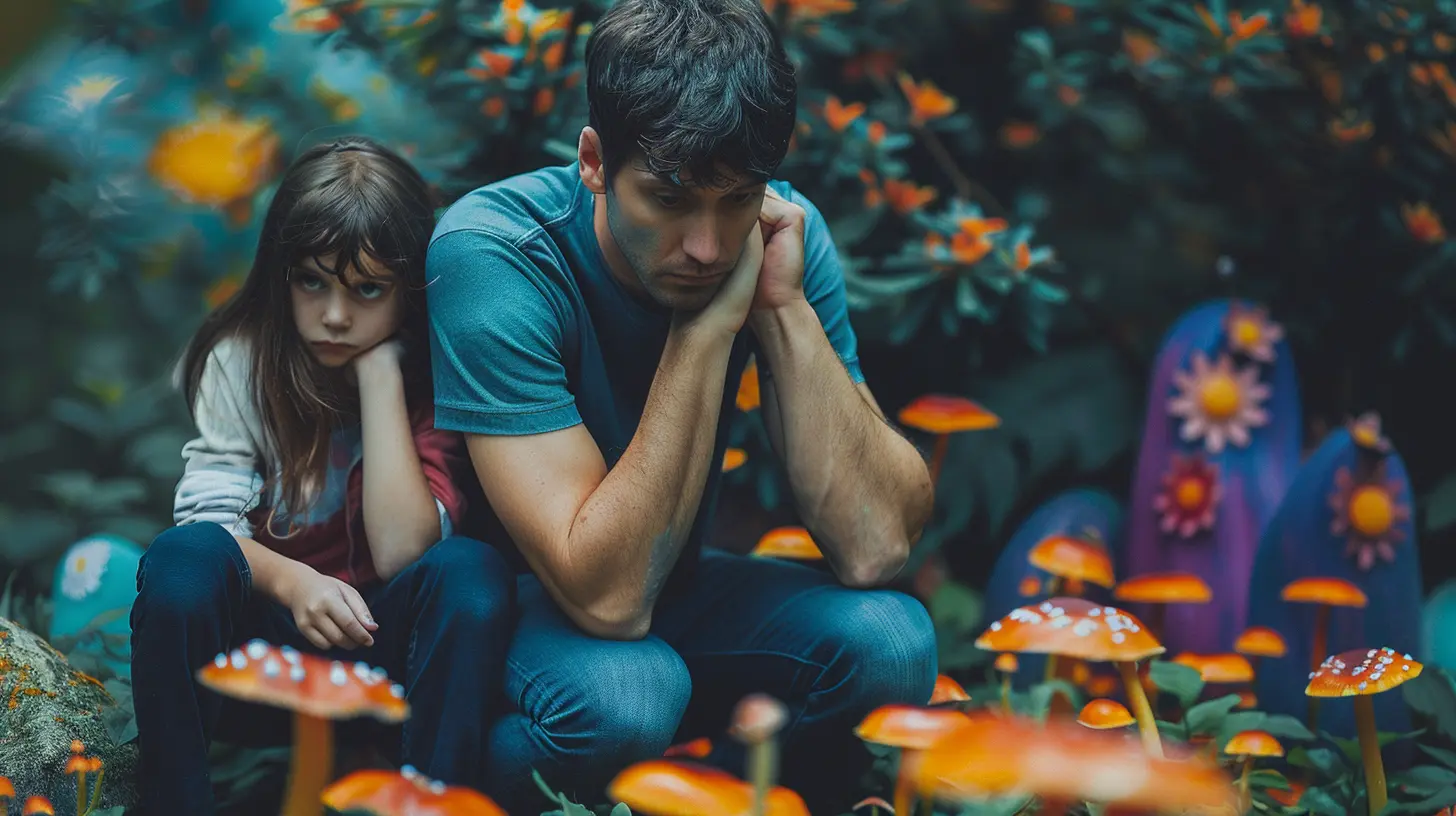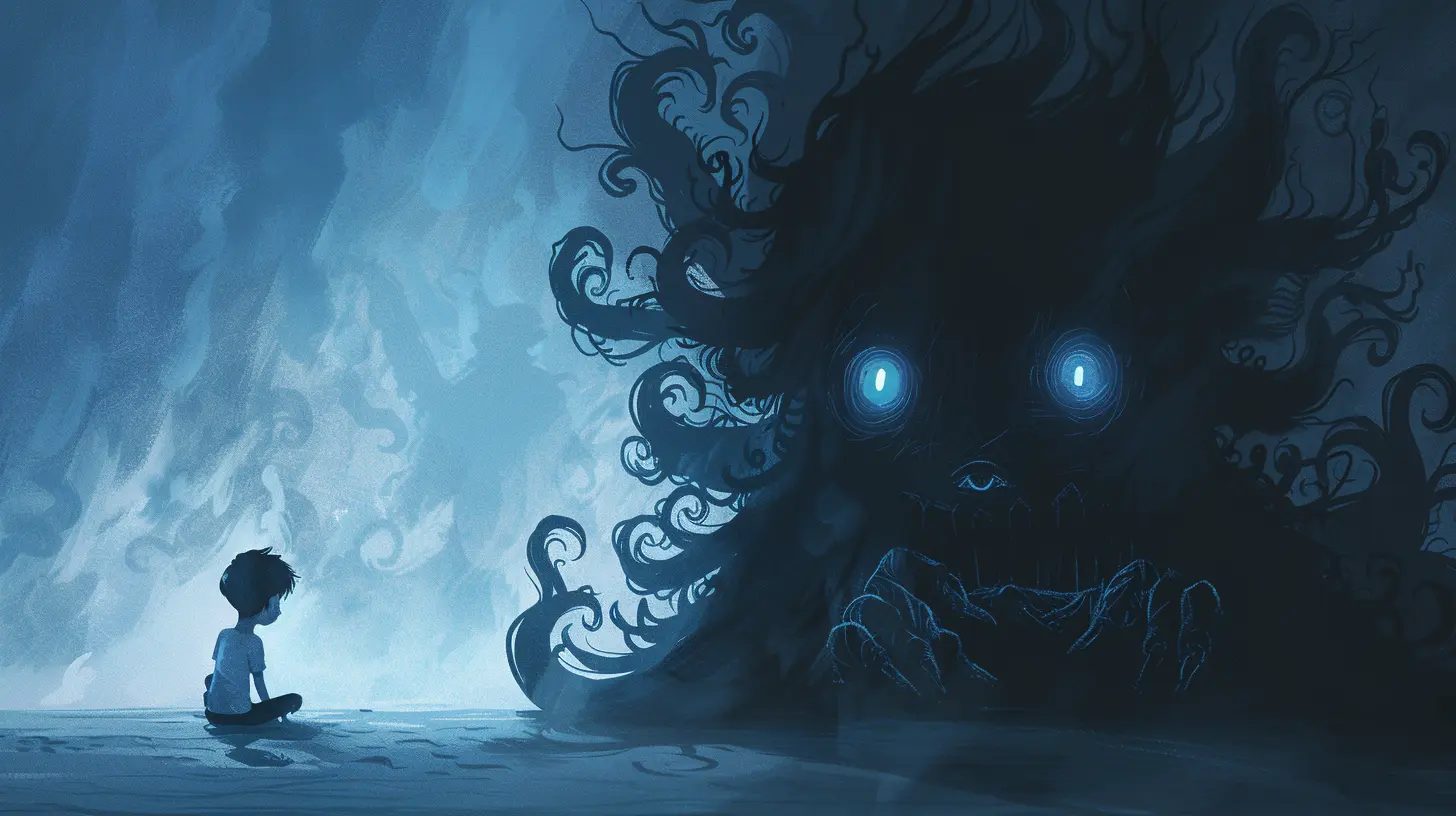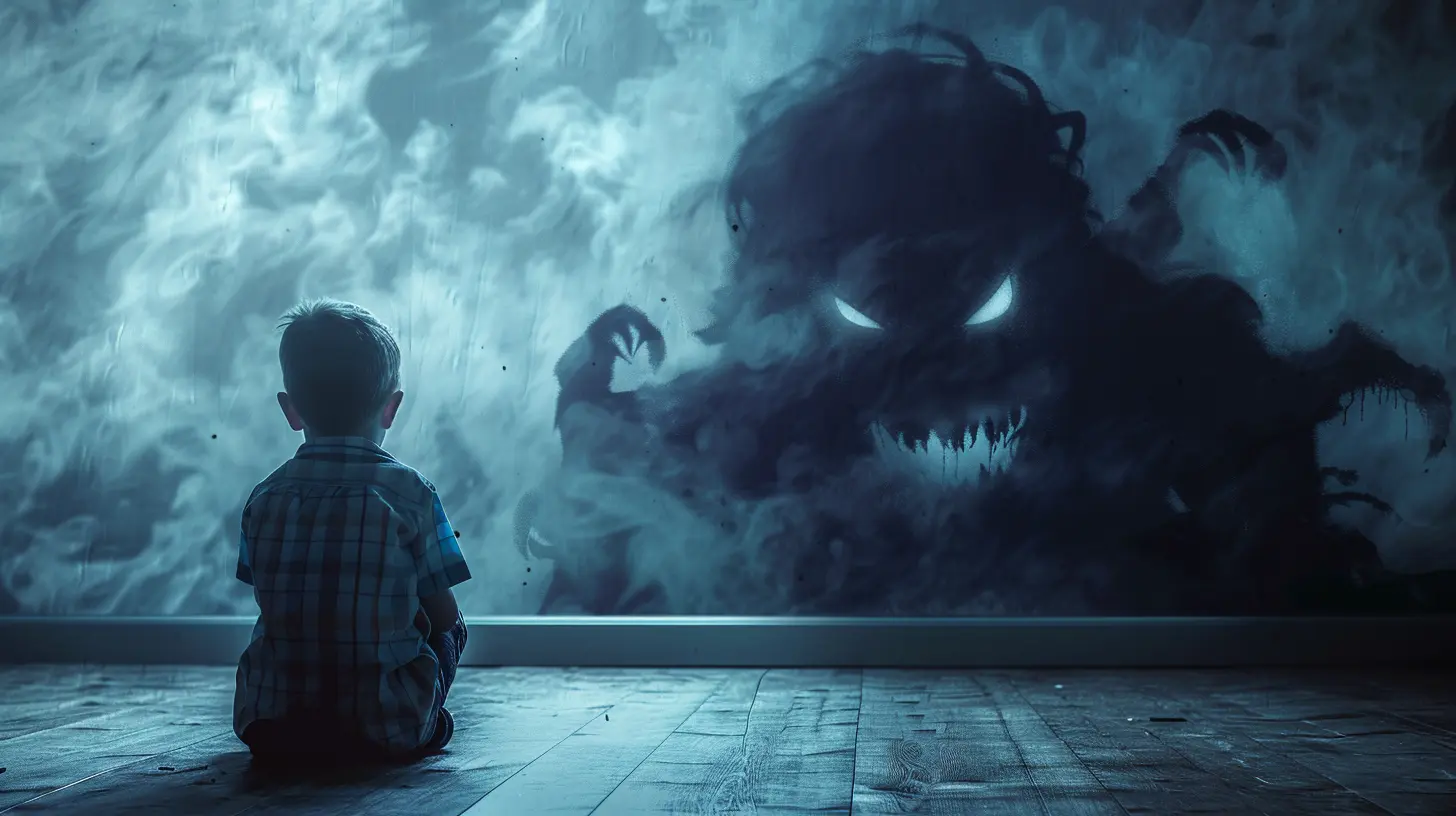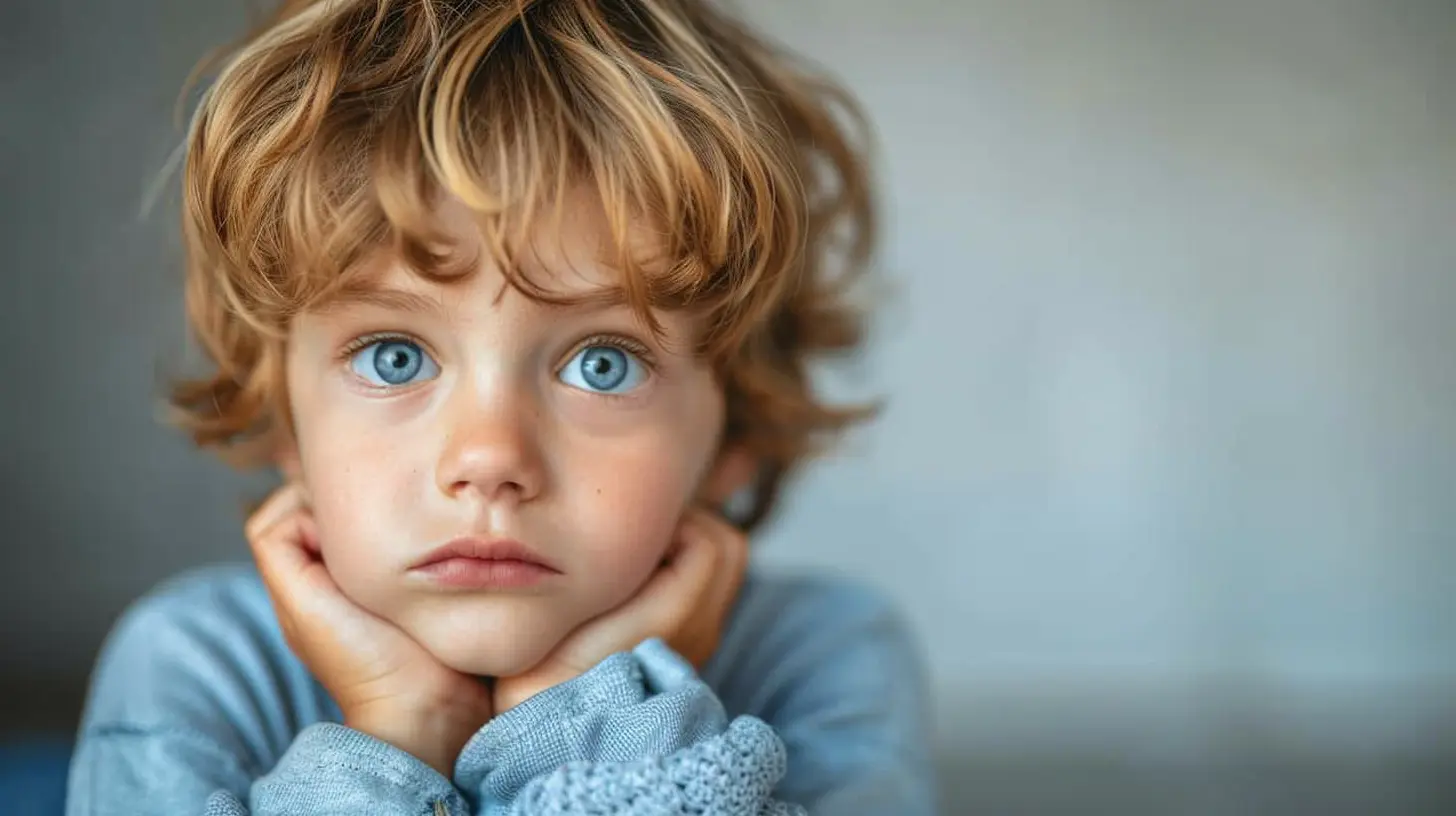Helping Your Child Cope with Phobias and Specific Fears
11 June 2025
Fear is a natural part of growing up. From the monster under the bed to the fear of the dark, kids experience all sorts of anxieties. But when these fears become overwhelming and interfere with daily life, they can turn into phobias. As a parent, it can be heartbreaking to see your child struggle with fear, but the good news is that you can help them navigate these emotions in a healthy way.
In this article, we’ll dive into the world of childhood phobias, why they happen, and most importantly, how you can support your child in overcoming them. 
Understanding Phobias in Children
What Are Phobias?
A phobia is an intense, irrational fear of something that poses little to no actual threat. Unlike general fears that fade over time, phobias can persist, causing distress and avoidance behaviors.Some common childhood phobias include:
- Fear of the dark
- Fear of heights
- Fear of animals such as dogs or insects
- Fear of specific places (elevators, crowded areas)
- Fear of doctors or dentists
While it’s normal for kids to be afraid of certain things at different developmental stages, a phobia can cause extreme reactions, like panic attacks, nightmares, or refusal to engage in activities involving the feared object or situation. 
Why Do Kids Develop Phobias?
Phobias don’t just appear out of nowhere. They usually stem from a combination of factors, such as:1. Past Experiences
A bad experience can leave a lasting impact. For example, if a child has been bitten by a dog, they might develop a persistent fear of all dogs.2. Learned Behavior
Kids are like sponges—they absorb everything around them. If they see a parent or sibling terrified of spiders, they might adopt the same fear.3. Genetics and Temperament
Some children are naturally more anxious or sensitive, making them more prone to developing phobias. If anxiety runs in the family, there’s a higher chance of your child experiencing it too.4. Exposure to Scary Media
Movies, stories, or even news reports can create fears in children's minds. A spooky cartoon might be fun for one child but terrifying for another.
Signs That Your Child’s Fear Might Be a Phobia
So, how can you tell if your child’s fear is more than just a fleeting scare? Watch out for these signs:- Extreme Reactions – Crying, screaming, or even freezing with fear when exposed to the object or situation.
- Avoidance Behavior – Going out of their way to avoid situations where they might encounter their fear.
- Physical Symptoms – Complaints of headaches, nausea, or dizziness when faced with fear triggers.
- Interference with Daily Life – If their fear stops them from going to school, playing outside, or sleeping alone, it’s time to address it.
If your child’s fear seems excessive and persistent (lasting more than six months), it could be classified as a phobia. 
How to Help Your Child Overcome Phobias
Now, let’s get into what you can do to support your child in managing and overcoming their fears.1. Acknowledge Their Fear Without Dismissing It
Telling your child, “Don’t be scared, it’s nothing,” won’t magically make the fear disappear. Instead, validate their emotions. Try saying, “I understand that this feels really scary for you. I’m here to help.”2. Talk About It
Encourage your child to express what they’re feeling. Ask questions like:- “What about this makes you scared?”
- “When did you first feel this way?”
Sometimes, just talking about the fear can lessen its intensity.
3. Gradual Exposure
The best way to tackle a phobia is through small, controlled exposures. This technique, called systematic desensitization, helps your child get used to their fear in steps.For example, if they’re afraid of dogs:
- Start by showing them pictures of dogs.
- Then, watch videos of friendly dogs.
- Move on to observing a real dog from a safe distance.
- Eventually, work up to petting a small, calm dog.
The key here is baby steps, not rushing them into the deep end.
4. Teach Relaxation Techniques
When fear kicks in, the body goes into fight-or-flight mode. Help your child manage this response with relaxation techniques like:- Deep breathing – Inhale for four seconds, hold for four, exhale for four.
- Muscle relaxation – Tense and then relax each muscle group.
- Visualization – Picture a calm, happy place.
These techniques give them a sense of control when fear strikes.
5. Be a Role Model
Kids pick up on their parents’ behaviors. If you stay calm and confident when facing challenges, they’ll learn to do the same. Show them that fear is manageable with the right mindset.6. Use Positive Reinforcement
Celebrate small victories. If your child takes even the tiniest step toward confronting their fear, praise them. You might say, “I’m so proud of you for staying in the room with the dog today!” Encouragement goes a long way in boosting their confidence.7. Read Books About Overcoming Fears
Stories can help children see that they’re not alone in their fears. Some great books that address childhood fear include:- The Dark by Lemony Snicket (for fear of the dark)
- When My Worries Get Too Big! by Kari Dunn Buron (for anxiety)
- Scaredy Squirrel by Mélanie Watt (funny but relatable for anxious kids)
8. Introduce a Comfort Item
For younger kids, a comfort object like a stuffed animal or a special blanket can provide security when facing fears. Think of it as their little shield against the scary world.9. Make It Fun
Turn fear into a game. For example:- If they’re afraid of the dark, use a flashlight to create fun shapes on the walls.
- If they fear loud noises, play a game where they make silly sounds back at the scary noise.
This helps reframe the fear into something less intimidating.
10. Know When to Seek Professional Help
If your child’s phobia is severe and affecting their daily life despite your best efforts, it may be time to consult a child therapist. Professionals can use cognitive-behavioral therapy (CBT) to help children confront and manage their fears in a structured way.Final Thoughts
Childhood phobias can feel overwhelming, but remember—your child looks to you for reassurance and support. With patience, understanding, and the right strategies, you can help them break free from fear and build resilience.Every child is different, so progress might take time. But with love and encouragement, they can conquer their worries and face the world with confidence.
As parents, our job isn’t to eliminate their fears completely but to equip them with the tools to handle them. You’ve got this!
all images in this post were generated using AI tools
Category:
Dealing With AnxietyAuthor:

Austin Wilcox
Discussion
rate this article
2 comments
Astraea McDonald
Open dialogue is key to understanding.
June 23, 2025 at 3:37 AM

Austin Wilcox
Absolutely! Open dialogue fosters trust and allows children to express their fears, making it easier to help them cope.
Uri Sharpe
This article is a fascinating insight into understanding our children's fears! I'm curious about the most effective techniques parents can use to help kids face their phobias. Are there specific strategies that have proven successful for different age groups?
June 15, 2025 at 3:58 PM

Austin Wilcox
Thank you for your interest! Effective techniques vary by age, but common strategies include gradual exposure, reassuring conversations, and role-playing scenarios. Tailoring these approaches to your child's developmental stage can enhance their effectiveness.


